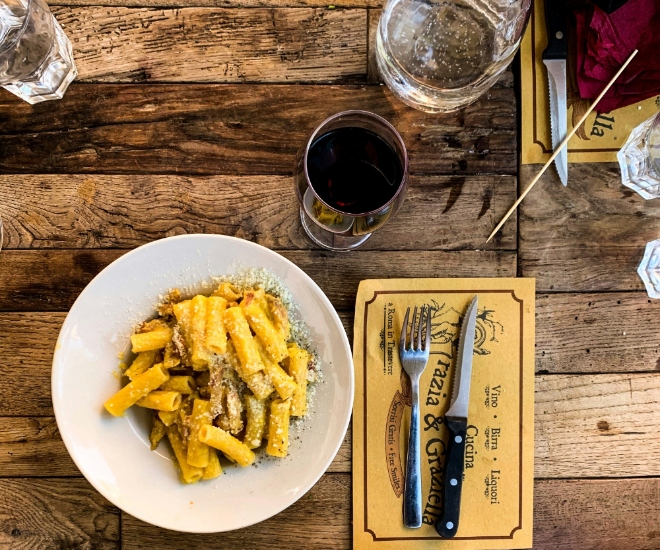 The Colosseum Rome, Metropolitan City of Rome, Italy
The Colosseum Rome, Metropolitan City of Rome, Italy
Wine Market Growth and Italy’s Position in 2024
Over the last five years, the global wine market has seen steady growth, with an annual average increase of five percent. This consistent rise has been driven primarily by three key players — France, Italy, and the United States — which collectively represent approximately 60 percent of the global wine market. The industry’s overall value is expected to reach approximately 353.4 billion USD by the end of 2024, with global wine consumption projected at 25.3 billion litres.
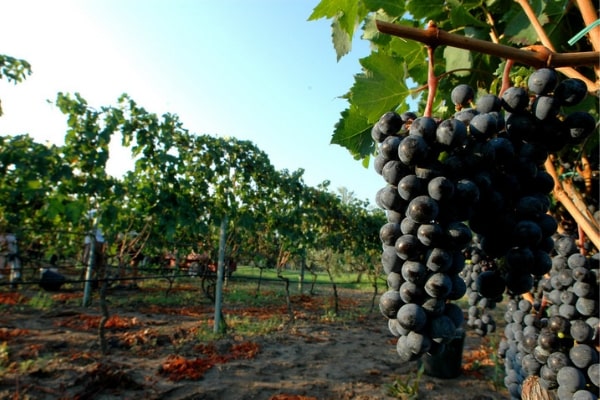
Despite facing increased competition, Italy remains a significant force in the wine sector. In 2024, Italian wine exports saw a notable growth of seven percent, reaching a value of 2.5 billion EUR. While Italy may have lost its title as the world’s largest wine producer to France, the country has shifted its focus towards enhancing quality over sheer volume, with experts predicting that Italian wine exports will surpass eight billion euros within the next two years. Regions such as Emilia-Romagna and Puglia are expected to experience the highest growth in exports for 2024, with projected increases of 4.6 percent and 4.3 percent. This highlights the increasing importance of regional diversity and local terroirs in Italy’s wine-making success.
Read More: Wine Industry Faces Major Shift
Italy’s wine culture is deeply rooted in centuries of tradition and has long been a hallmark of the country’s identity. However, the past few decades have witnessed a remarkable evolution in the way the nation’s wine industry is celebrated and marketed. Wine festivals have emerged as a powerful force in bridging the gap between vineyard and consumer, transforming Italy’s wine industry into a vibrant and community-centered celebration. From the scenic vineyards of Tuscany to the bustling streets of Rome, these festivals not only boost local economies but also promote Italy’s diverse regional wine heritage. LUXUO delves into the importance of Italy’s wine industry and the significant role it plays in preserving culture, fostering connections, and driving economic growth.
Read More: The Business of Luxury Winemaking with Viña Concha y Toro’s Rodrigo Jackson
Emerging Trends in the Wine Industry
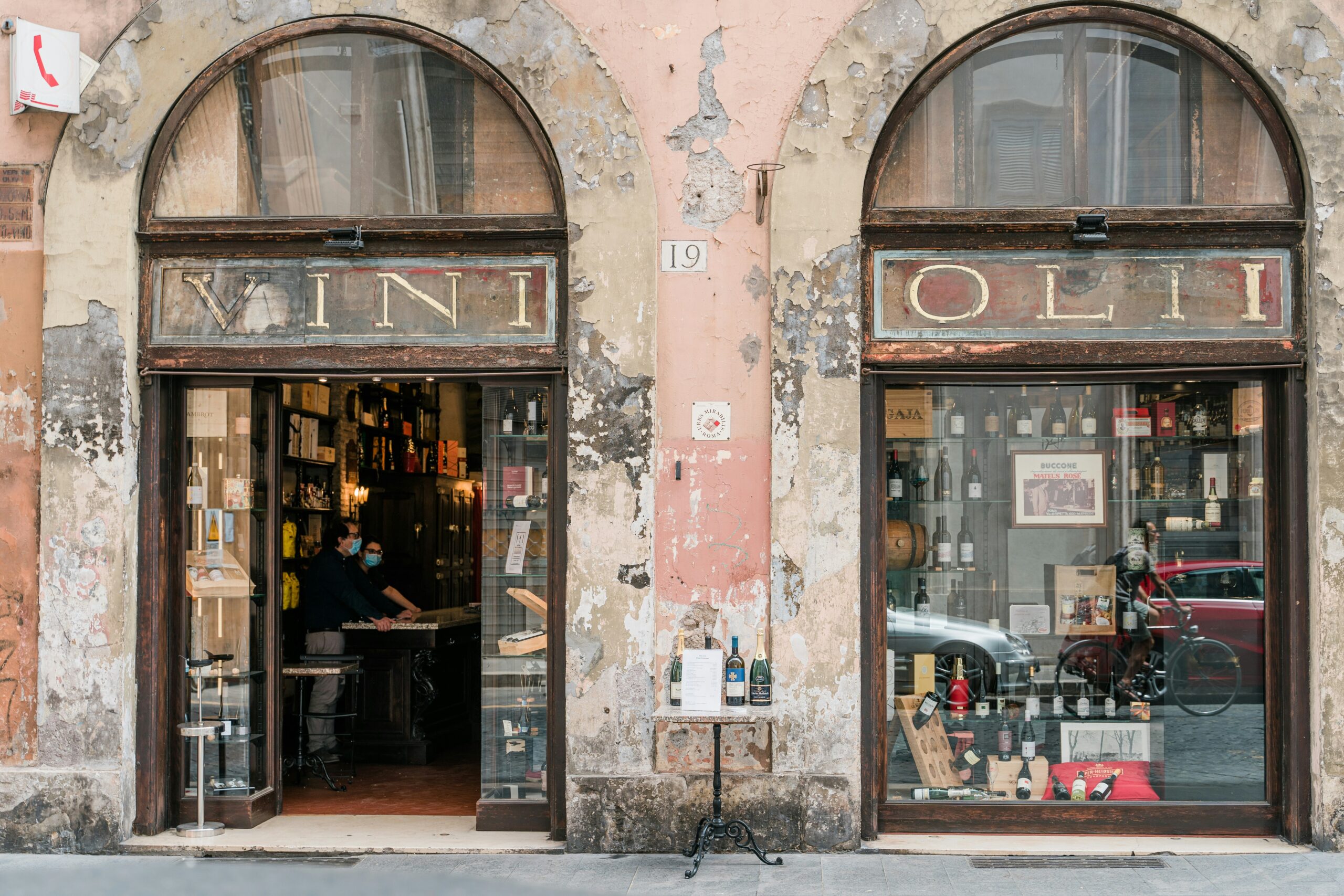 The antique façade of a wine and olive oil store in Rome, Italy
The antique façade of a wine and olive oil store in Rome, Italy
The wine market in 2024 is also characterised by several key trends. One significant shift is the rising popularity of natural wines, which appeal to consumers seeking minimally processed products with fewer additives. Additionally, online wine purchases are growing, making wine more accessible to a global audience. With increasing consumer demand for transparency, a strong focus on traceability is another emerging trend. This is coupled with the industry’s move towards sustainable packaging, as eco-conscious buyers look for products that align with environmental values.
These findings are drawn from the report titled “Italy in the Global Wine Market. Evolution and Perspectives,” curated by Valerio Mancini, director of the Rome Business School’s Research Centre. This report underscores Italy’s ongoing evolution within the global wine industry, shifting towards high-quality production and embracing new consumer trends to maintain its competitiveness on the world stage.
Read More: Luxury Winery Homestays & Hotels With Architectural Merit
Driving Local Economies and Tourism
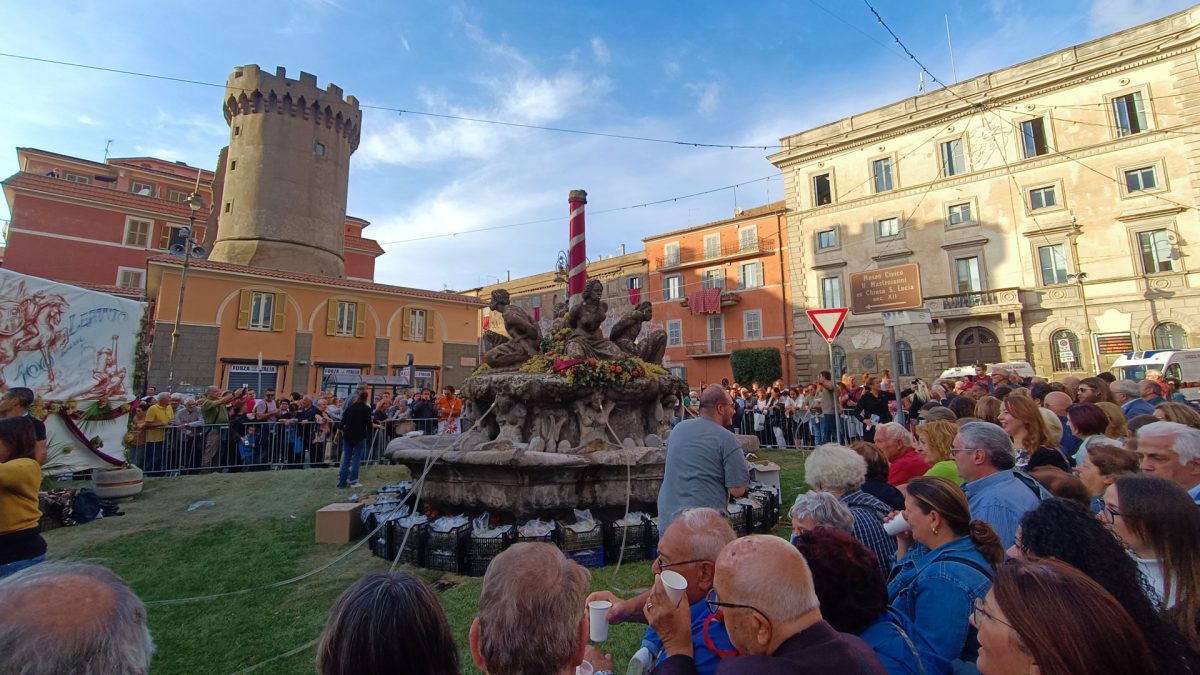 The Sagra dell’Uva festival in Marino
The Sagra dell’Uva festival in Marino
Italy is world-renowned for its vibrant autumn wine festivals, which celebrate the diversity and uniqueness of each region’s terroir — from the volcanic soils of Sicily to the rolling hills of Piedmont and Tuscany. These festivals are key to promoting local wine traditions and showcasing how the land itself shapes the distinct flavours of Italian wines. Rome, as the gateway to many of these renowned wine regions, also hosts several notable events. A prime example is the Sagra dell’Uva in Marino, a charming town in the Castelli Romani region, just outside Rome.
This festival, which celebrated its 100th edition between the end of September and early October 2024, is one of Italy’s oldest and most beloved wine events. The Sagra dell’Uva not only honours the annual grape harvest but also highlights the deep-rooted connection between the land, the people, and the wine that has been produced in the region for centuries. The event is a grand celebration of local culture, with processions, historical re-enactments, and — of course — ample wine tastings.
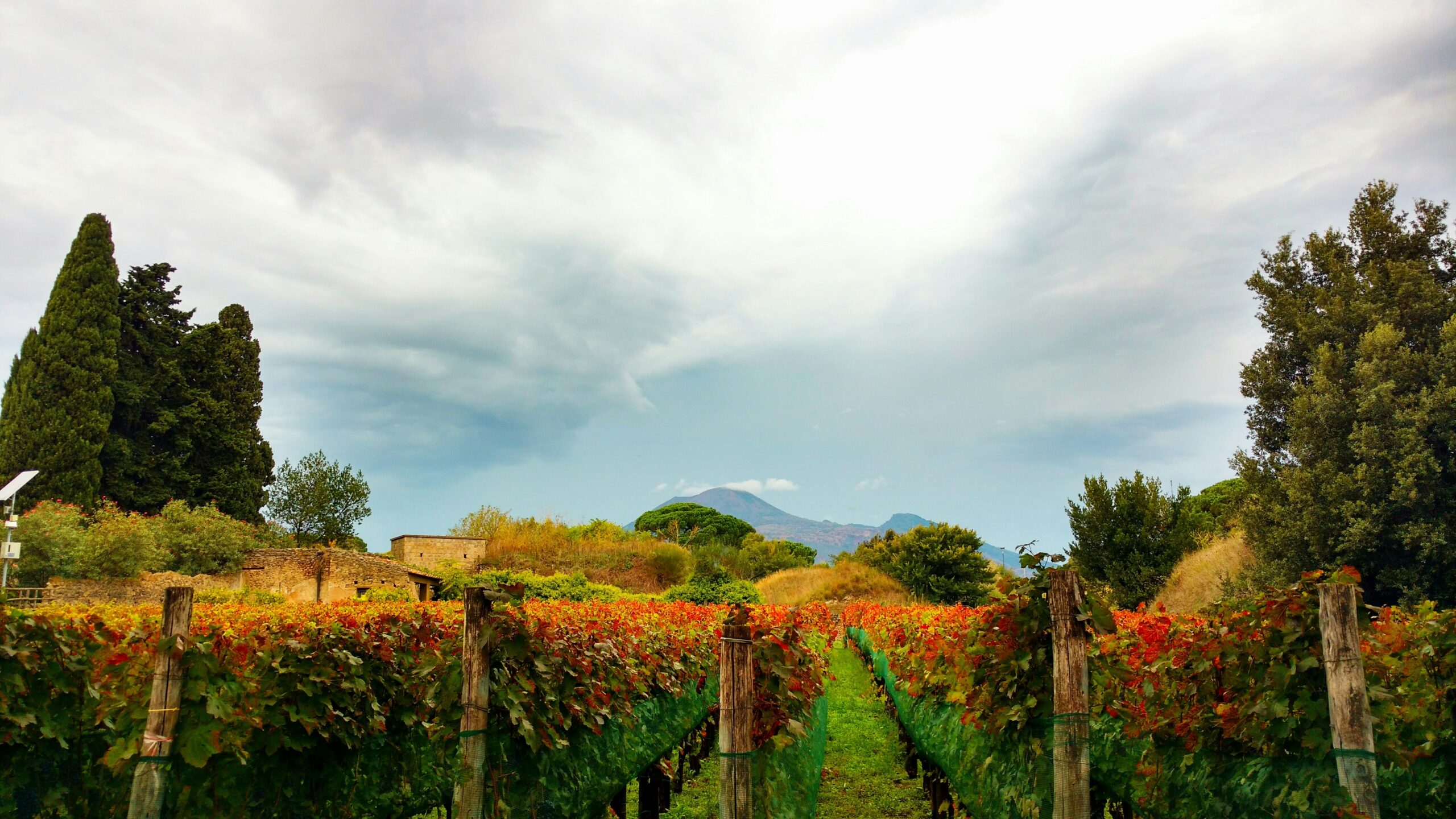 A view of Mt Vesuvius through a vineyard from the Pompeii ruins near Naples, Italy.
A view of Mt Vesuvius through a vineyard from the Pompeii ruins near Naples, Italy.
By drawing thousands of visitors to these small towns, festivals like the Sagra dell’Uva play a vital role in sustaining the local economy and ensuring that Italy’s rich winemaking heritage continues to flourish. These events provide a unique opportunity for wine enthusiasts to experience the intersection of tradition, culture, and modern innovation in winemaking.
Wine festivals have a significant economic impact on local communities by drawing tourists from around the world. These events generate revenue not just for vineyards, but also for nearby hotels, restaurants, and artisanal markets. The influx of visitors provides a vital boost to rural economies, especially in less frequented wine-producing regions which help sustain these areas economically, even outside of peak travel seasons.
Wine as a Cultural & Sustainable Experience

Italian wine festivals are more than just about wine — they are holistic cultural experiences. The inclusion of local cuisine, art, and music alongside wine tastings enhances the overall experience for attendees. This fusion of wine and culture deepens the consumer’s emotional connection to the product, making it an integral part of Italian lifestyle and identity. Festivals like Calici di Stelle (Goblets of Stars) offer attendees the opportunity to pair their wine tastings with stargazing, local art displays, and regional delicacies. This multi-sensory experience creates a memorable connection that reinforces wine’s role in the broader cultural and social fabric of Italy.
Read More: At Passel Estate, Enjoy the Finest Wines Margaret River Has to Offer in Australia
When it comes to promoting sustainability, events like Slow Wine Fair and Sicilia en Primeur promote organic, biodynamic, and natural wines. They also serve as spaces where producers can share innovations in eco-friendly wine production, reinforcing Italy’s leadership in sustainable winemaking on a global scale. With growing concerns about climate change and the environmental impact of agriculture, Italian wine festivals are also becoming educational platforms that raise awareness about sustainability. Vintners who practice organic or biodynamic farming use these events to showcase their commitment to eco-friendly production methods.
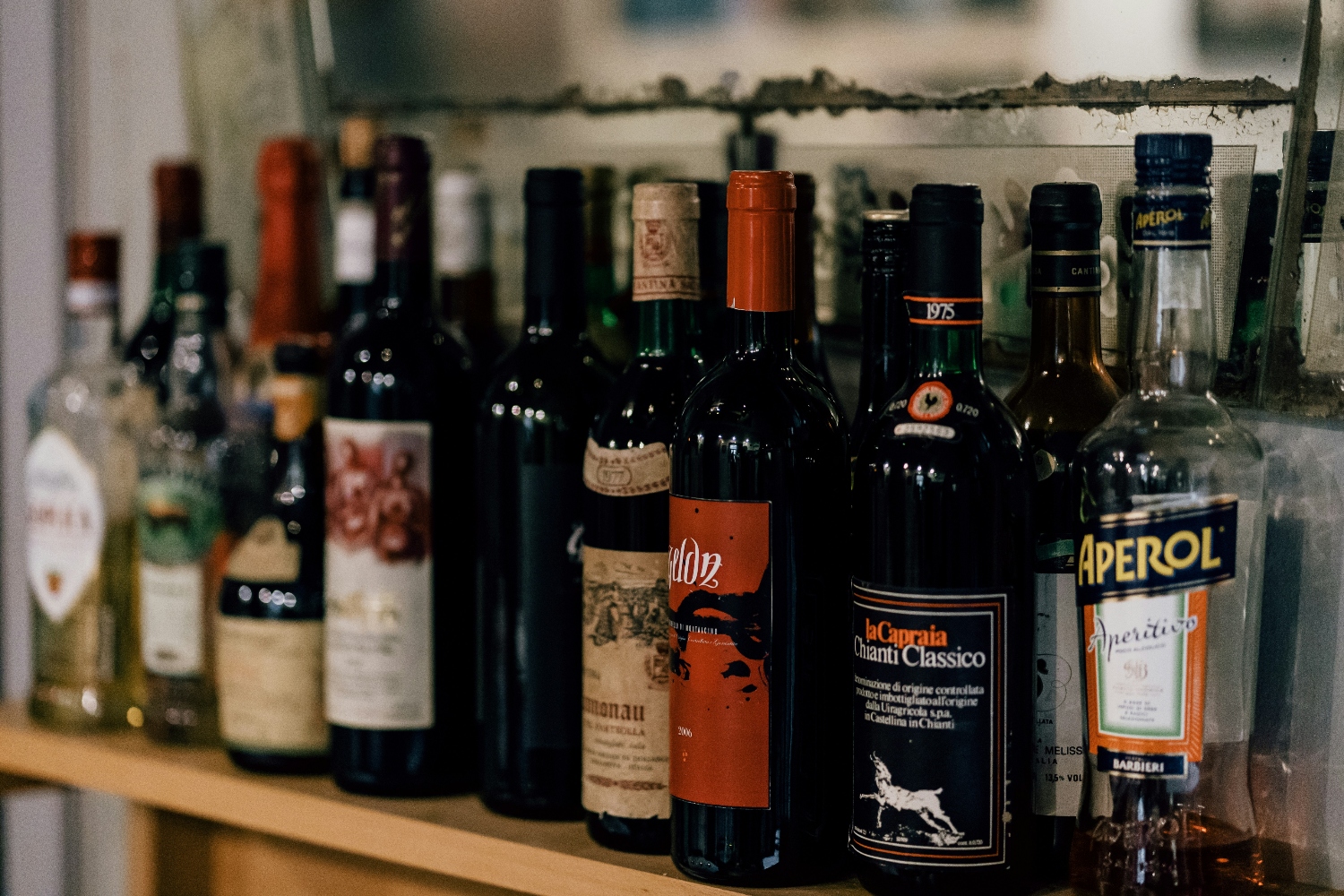 A shelf full of Italian wine and spirits in Rome
A shelf full of Italian wine and spirits in Rome
Italy’s wine festivals are not just a celebration of fine vintages — they are dynamic engines of cultural preservation, economic development, and sustainability. These events serve as vital platforms for promoting regional wine heritage, fostering direct relationships between producers and consumers, and boosting local economies. Additionally, the emphasis on sustainability and the integration of cultural heritage make these events essential for preserving Italy’s wine traditions for future generations. As wine enthusiasts and producers come together to celebrate, the country’s unique combination of tradition, innovation, and passion for wine continues to be shared with the world.
Read More: Winemaker Laurent Delaunay: Spotlighting the House of Edouard Delaunay
For more on the latest in business reads, click here.
